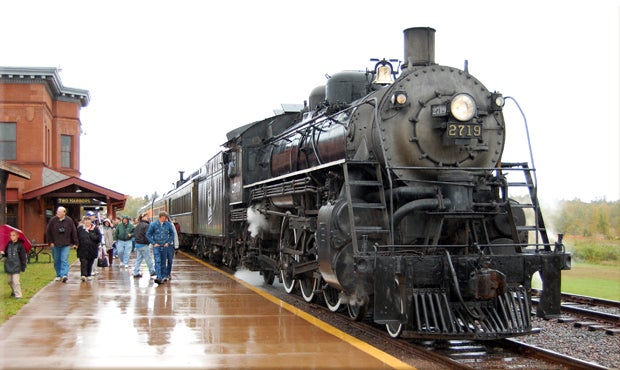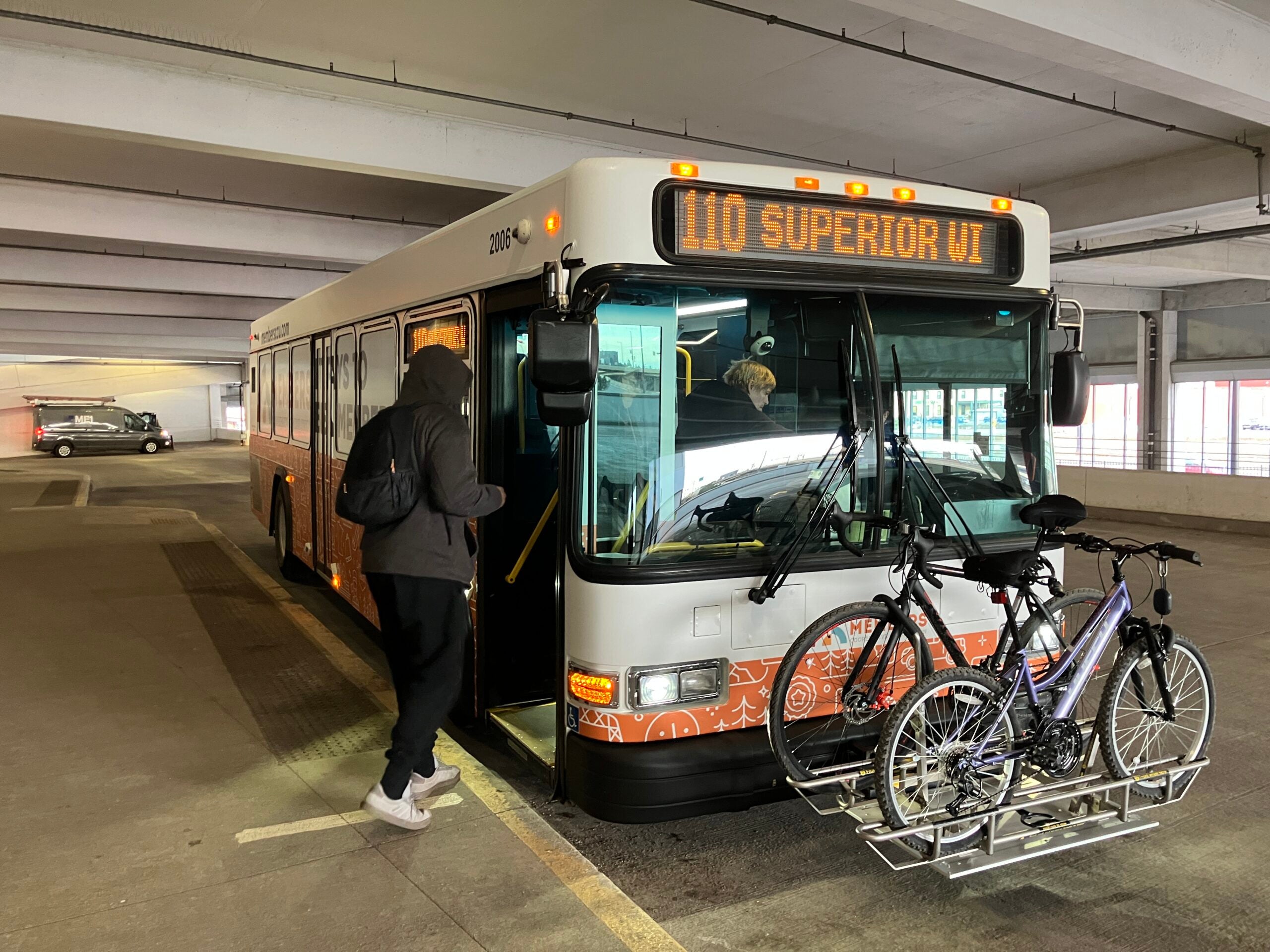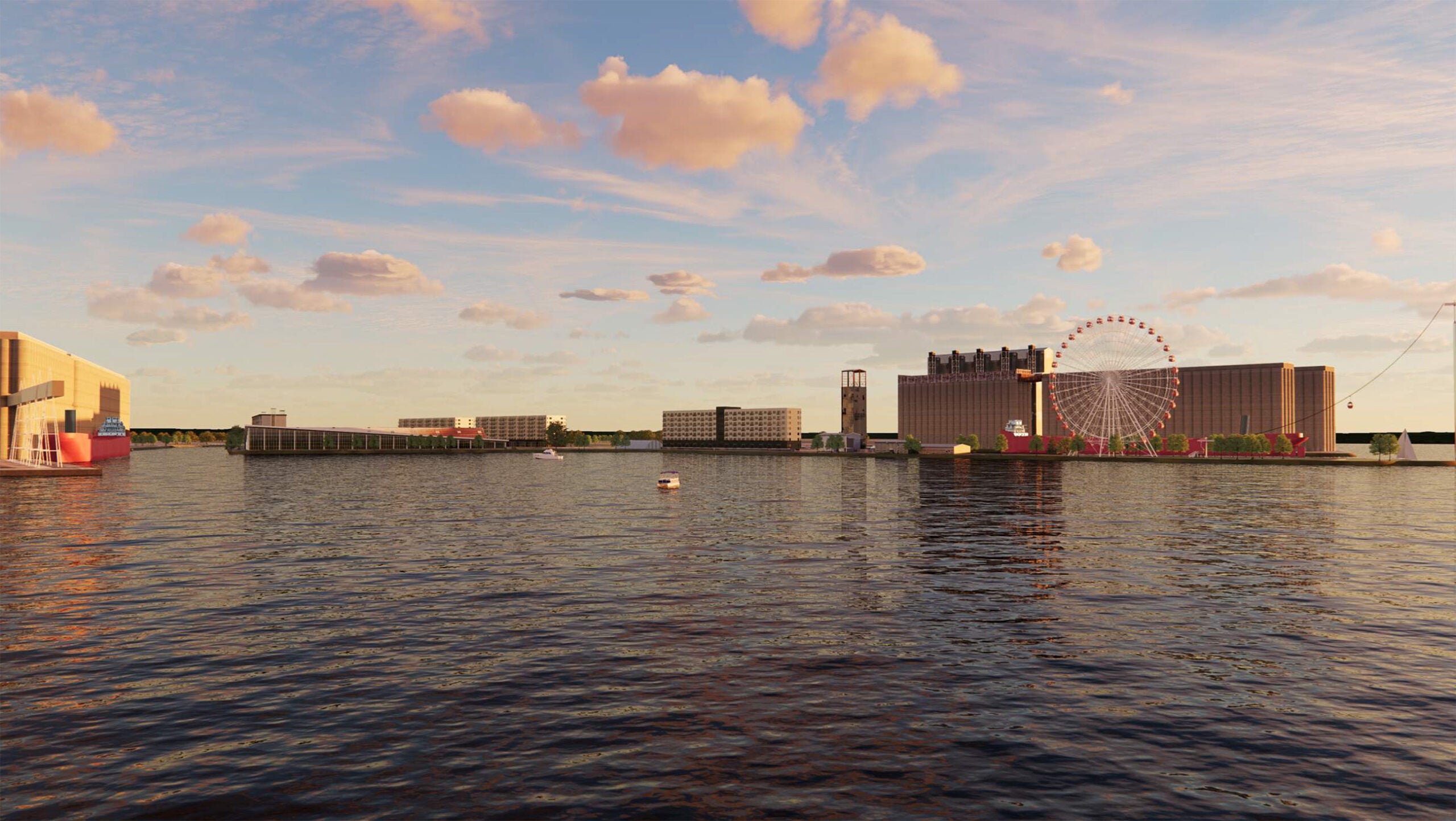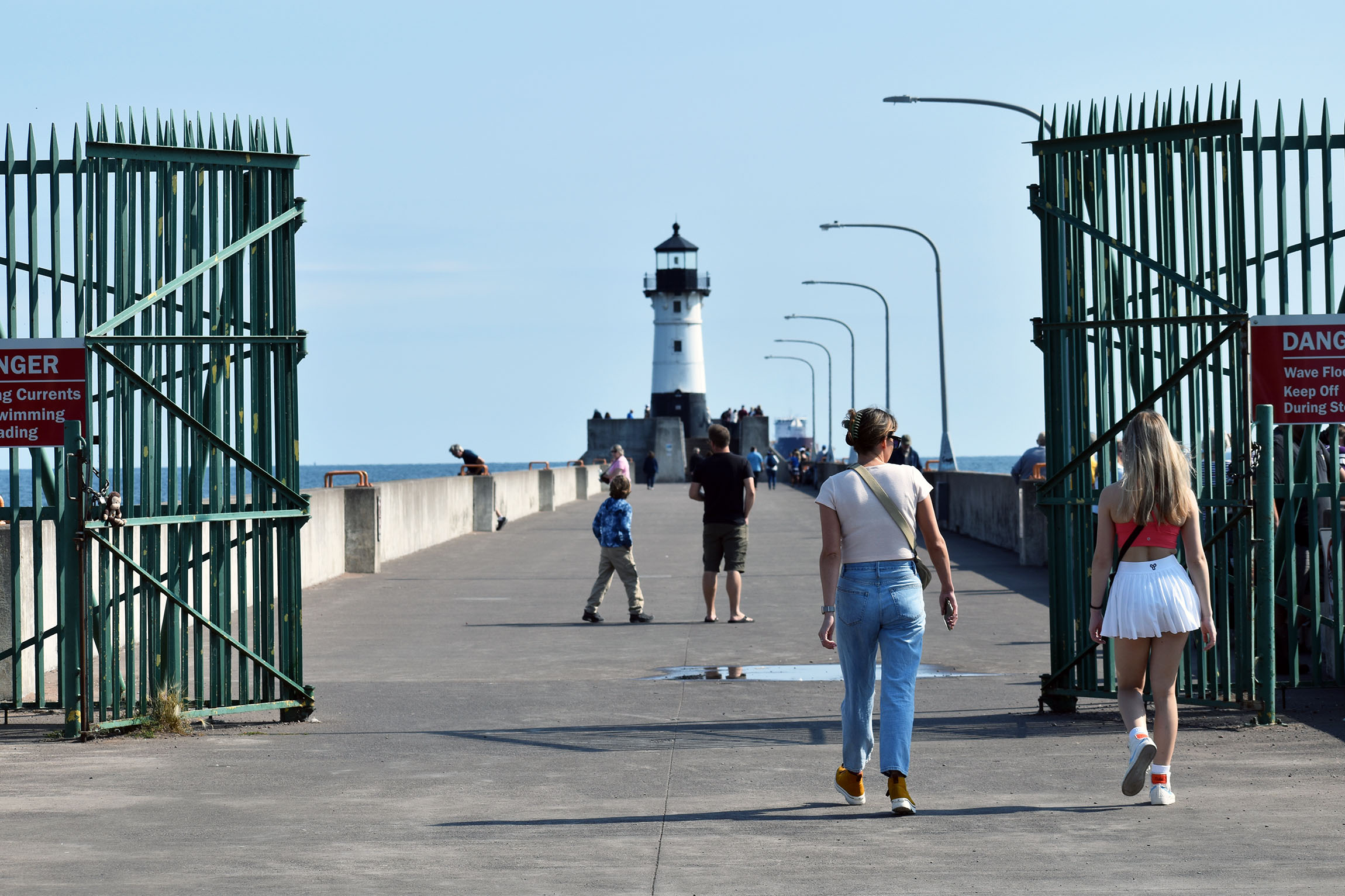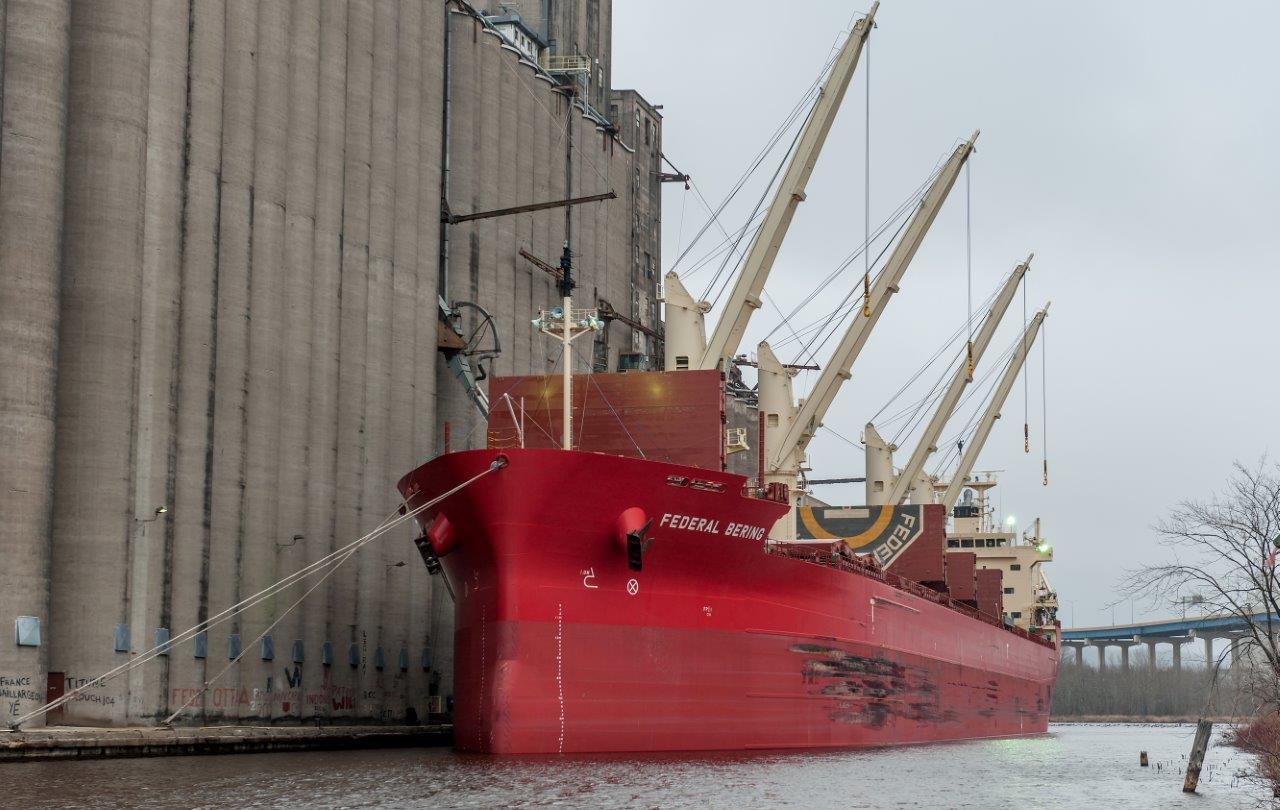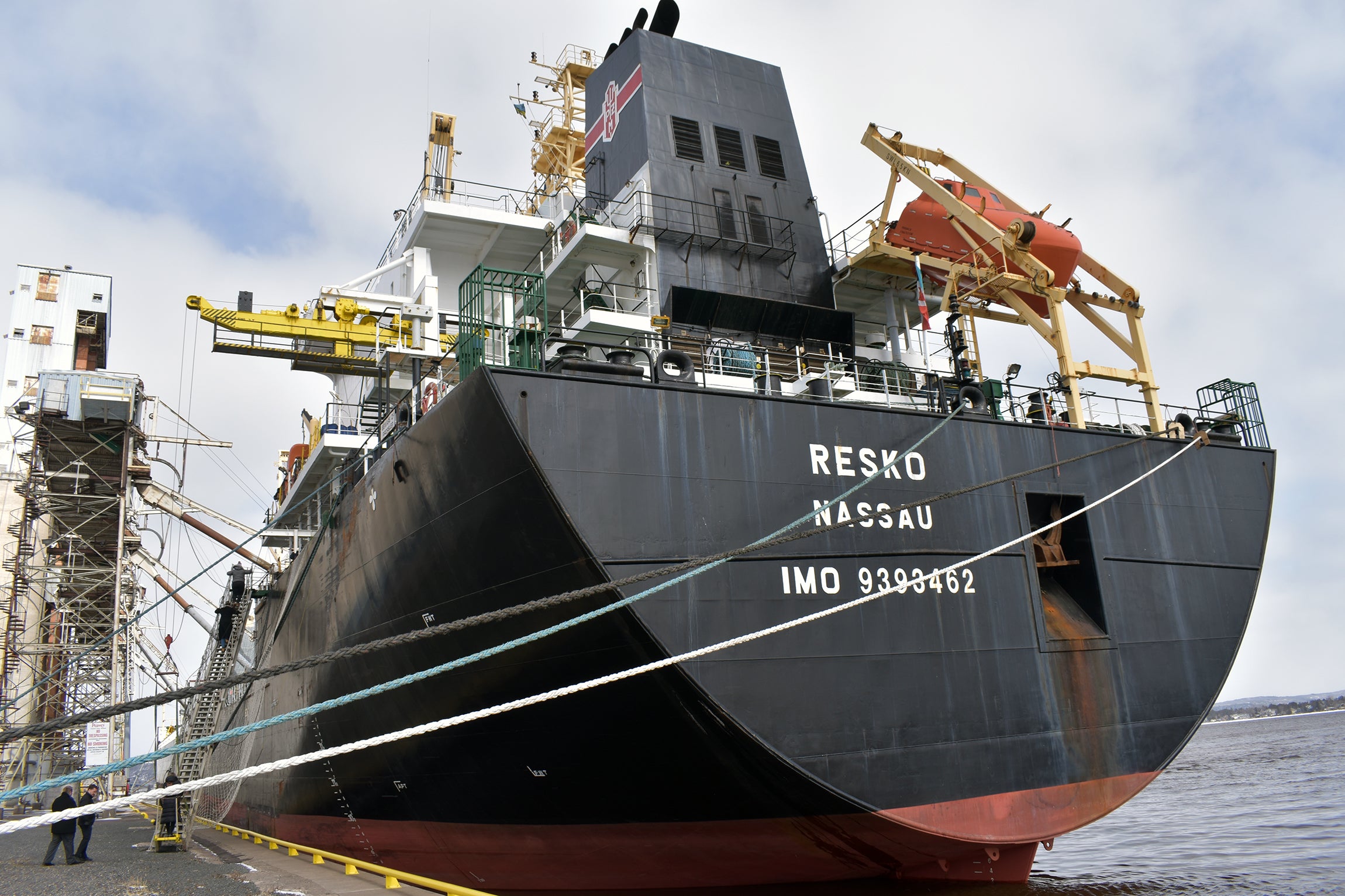The 200-year rivalry between Superior and Duluth has been in large part defined by the railroad, which first came to the Minnesota port city after being initially planned for the Wisconsin side.
That quirky history informs transportation in the two cities today, with the planned route of the Northern Lights Express passenger train from the Twin Cities going more directly to Superior than Duluth.
Tony Dierckins of Zenith City Press documents the role rail played and still plays in the development of the region in his new book, “Twin Ports Trains: The Historic Railroads of Duluth and Superior from 1870 to 1970,” co-written with Jeff Lemke.
Stay informed on the latest news
Sign up for WPR’s email newsletter.
Dierckins, who will release the book at the Lake Superior Railroad Museum at the Depot in Duluth at 7 p.m. on Aug. 1, spoke with WPR’s Robin Washington on”Morning Edition.”
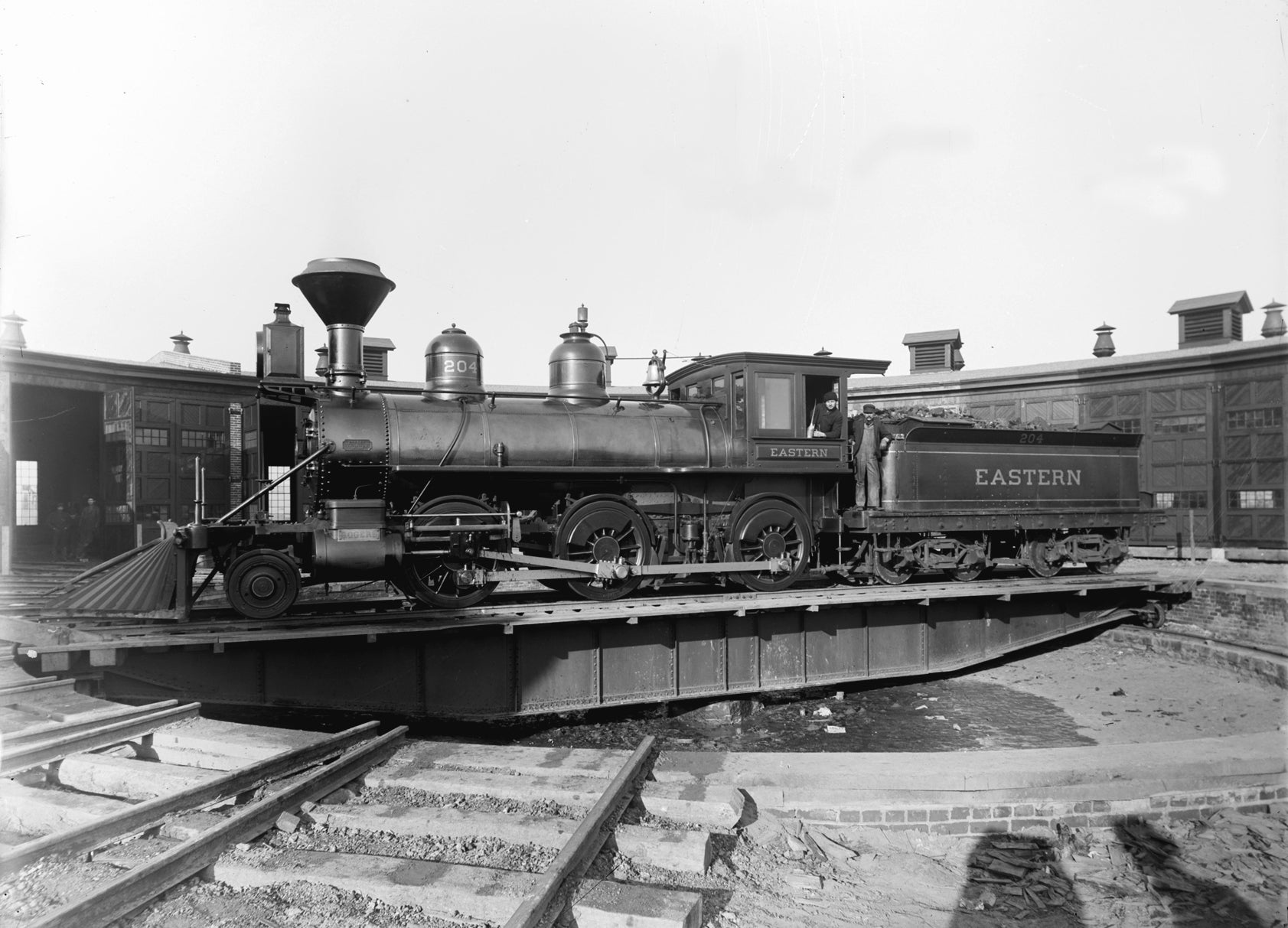
This transcript has been edited for brevity and clarity.
Robin Washington: Tell us how instrumental railroads were in developing the Twin Ports. Which city got the train first?
Tony Dierckins: Duluth got the railroads first. The Lake Superior and Mississippi Railroad ran between Duluth and Saint Paul, and the Northern Pacific ran from Carlton, Minnesota, near Duluth, all the way to Puget Sound.
RW: What’s the significance of 1870?
TD: This area wasn’t opened for Euro-American settlement until the mid-1850s. There’s a big financial panic in 1857, followed by the Civil War, and people stopped building railroads. After the war, they pick up.
We had less than 200 people living in Duluth before they started building the railroad, and less than a year later, 3,100.
The fact that it came to Duluth instead of Superior set Superior back. No shipping came to Superior because they had no railroads to offload things. As we go through the history, you can see how the economies of Duluth and Superior ebb and flow with the successes and failures of the railroads.
RW: You have a passage in the book that states “Duluth, deeply disparaged, but Superior suffers.” Explain that.
TD: There was a congressman from Kentucky named J. Proctor Knott. And in 1870, there was legislation for a railroad that would go from Hudson, Wisconsin up to Superior, and perhaps Bayfield as well. He thought it was a financial disaster and was against it.
But he thought that it was going to terminate in Duluth, not Superior. So he gives this really long oration beating up Duluth and saying these silly, ridiculous things. It’s supposedly the funniest speech ever given in Congress. If you read it today, you’ll realize that they had a much different sense of humor than we did.
Duluth becomes a laughingstock of the nation because of this and they vote against it and Superior doesn’t get the train. So they’re delayed 12 years from this.
RW: Perhaps Superior gets the last word or comeuppance. The route of the Northern Lights Express as planned will most directly go to Superior from the Twin Cities rather than to Duluth. Why do the tracks go from the Twin Cities more directly to Superior?
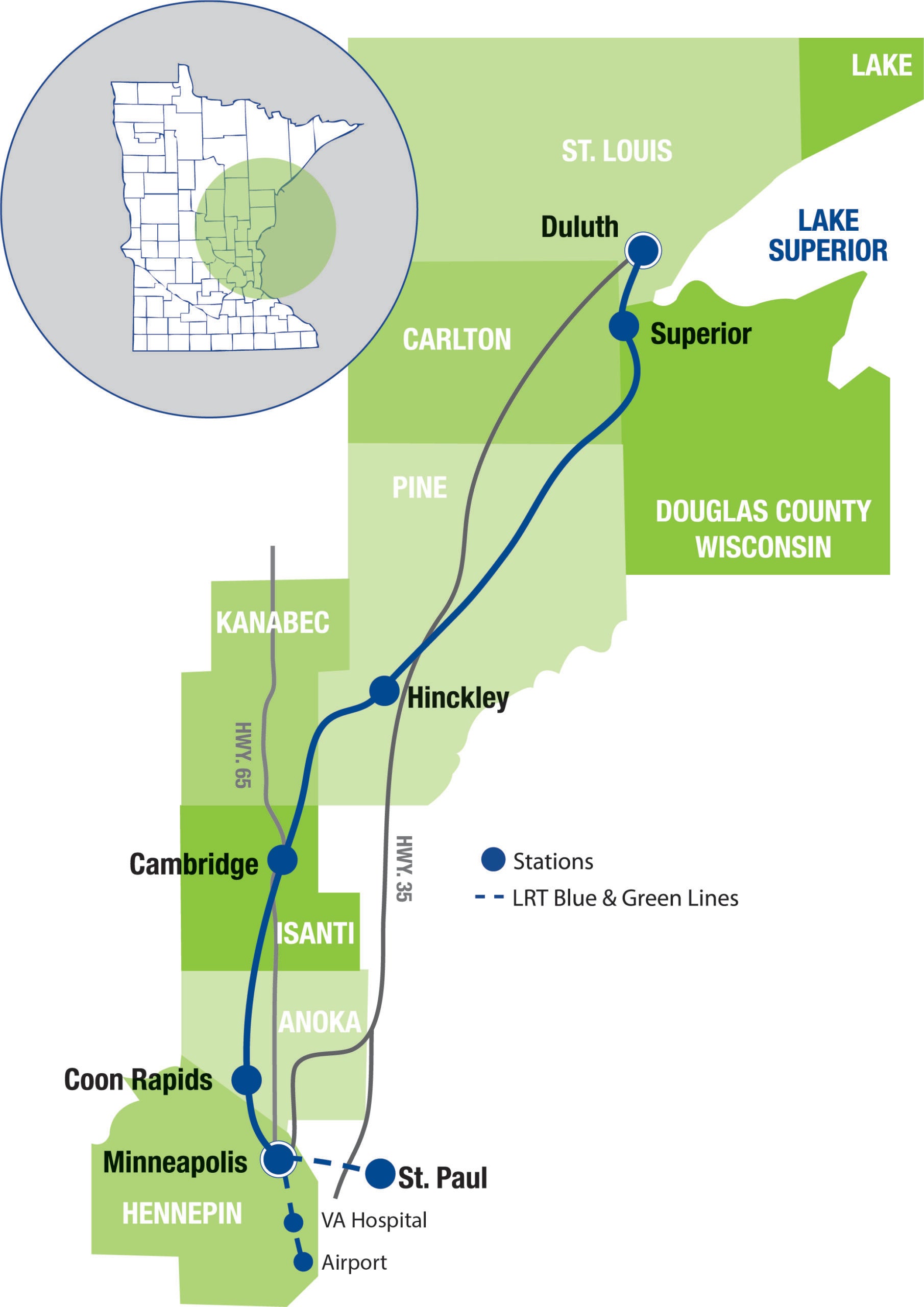
TD: It’s all to do with the mergers that occurred after 1970. Before that, every railroad had to have its own rails or else lease them from other railroads. As railroads started to consolidate after World War II, they abandoned some trackage for efficiency sake.
So the rails don’t come directly into Duluth because they’re optimized for freight now. The Northern Lights Express is following what was determined the most efficient route.
If you have an idea about something in northern Wisconsin you think we should talk about on “Morning Edition,” send it to us at northern@wpr.org.

